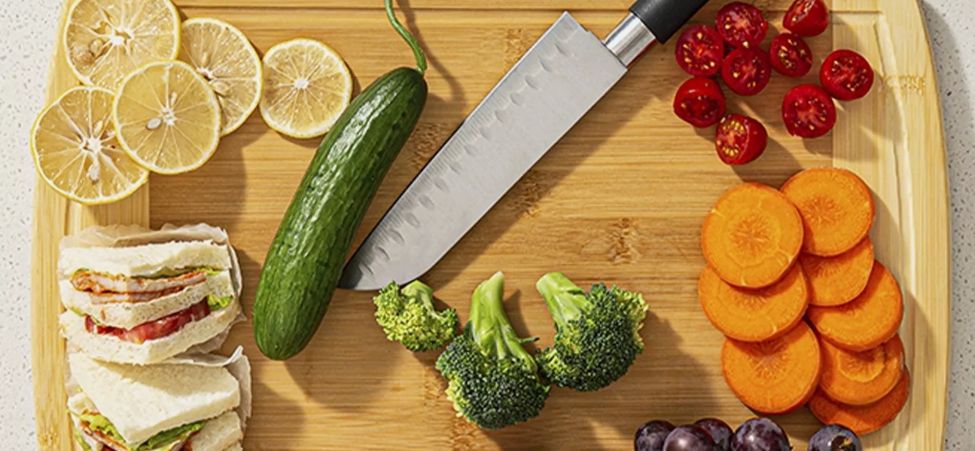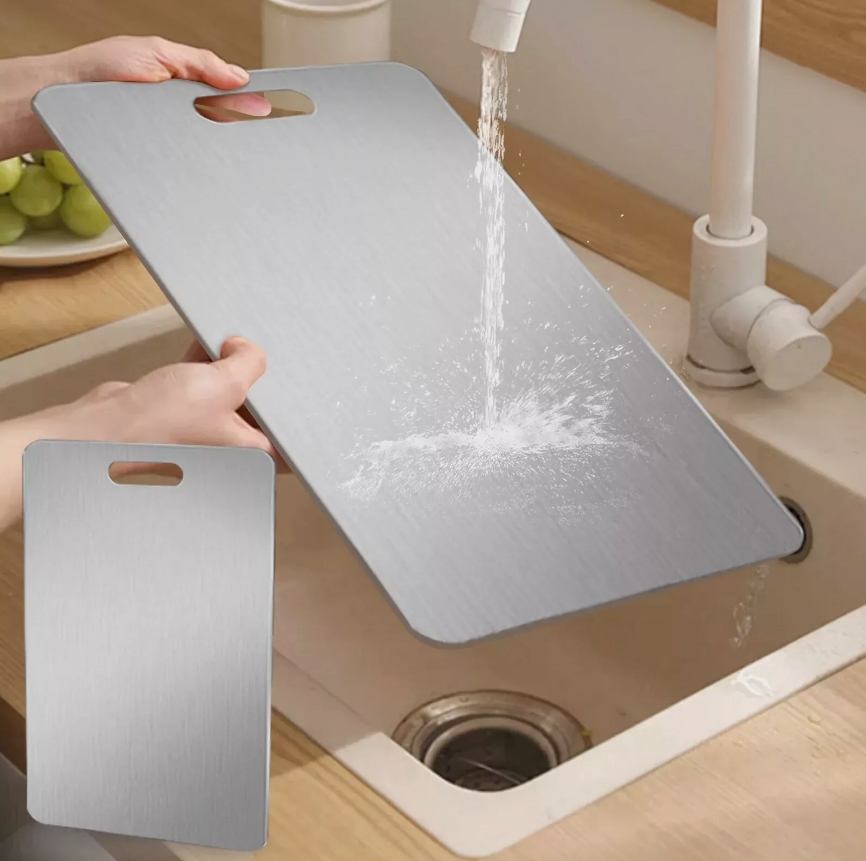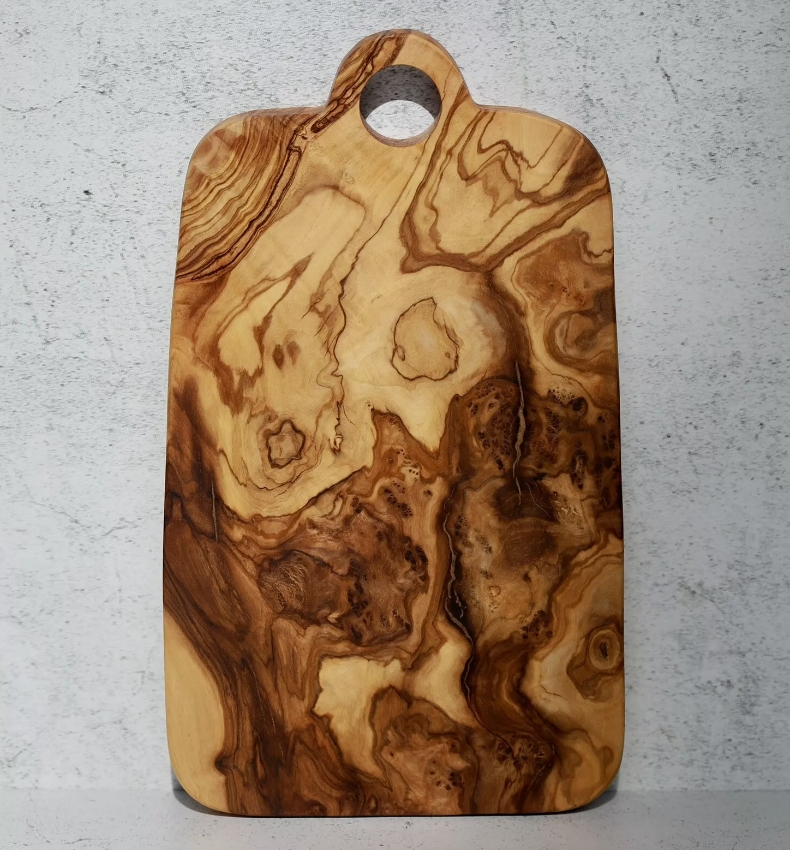Cutting board is an indispensable tool in the kitchen, its function and design not only facilitate daily cooking, but also affect the handling of ingredients and cooking safety to a certain extent. Cutting boards are usually made of materials such as wood, plastic or bamboo, each with its own advantages and disadvantages and different usage scenarios.
Wooden cutting boards have natural antibacterial properties that can effectively inhibit the growth of bacteria. Moreover, the wood itself is relatively hard and has a longer service life. However,the wood needs to be cleaned and maintained more carefully to avoid cracking and deformation. In addition, the surface of the wooden cutting board helps maintain the sharpness of the knife and is suitable for cutting a variety of meats and vegetables.
Plastic cutting boards are popular because they are light and easy to clean. Plastic cutting boards can usually be put in the dishwasher,eliminating the need to wash them by hand. Moreover,many plastic cutting boards come in different colors and patterns,which can bring visual freshness. However, the scratch resistance of plastic is poor,and it is easy to leave knife marks after long-term use, which may become a hidden danger for bacterial growth. Therefore, regular replacement is recommended.
Bamboo cutting boards are favored for their eco-friendly properties. Bamboo grows quickly and is highly renewable, so using a bamboo cutting board not only helps to protect the environment,but also brings a natural fresh feel to the kitchen. At the same time,bamboo's tough fiber structure makes it less prone to cracking and deformation than ordinary wood. However, bamboo cutting boards also need to be cleaned and maintained regularly to extend their service life. When using a cutting board,it is important to separate raw food from cooked food to avoid cross-contamination.



